The Round Hill Town Council is preparing for larger-than-expected utility rate hikes this year, but just how high they’ll go isn’t clear yet.
During the March 15 meeting, Mayor Scott Ramsey presented the first part of his updated rate study, with more detailed recommendations expected at the council’s April 5 meeting.
Since the last rate study was conducted in 2021, the town has seen the buildout of most of the permissible development in its service area, meaning the availability fees charged to new homes will no longer be a significant revenue stream to support the system’s capital needs. Also, the town has seen higher construction and operations costs. Increasing expenses and the need to use more operating funds to meet debt service obligations will require rates to increase—probably substantially, according to Ramsey’s presentation.
The town boasts the lowest utility rates among Loudoun’s towns, at an average of about $85 per month. That’s the in-town rate. Out-of-town residents, who make up the vast majority of the utility system’s customer base, pay about $127; that’s slightly higher than Leesburg’s out-of-town bills, but lower than out-of-town rates charged in Hamilton, Lovettsville, Purcellville, and Middleburg.
Capital projects look to be the main driver in the upcoming rate debate. The town’s proposed five-year Capital Improvements Plan calls for $13.4 million in new spending. Even if the council pares that down to the $12 million range, the town faces a new round of borrowing—followed by significantly higher annual debt service payments.
The town has about $3.75 million in outstanding utility debt, at a cost of about $400,000 a year. If the town borrows another $8 million, the annual payments could be up to $700,000 higher, according to the study. Unlike past years when rapid construction brought availability fees—$7 million over the past 10 years—to help cover debt service costs, few are expected over the next 10 years. The operations side—user rates—will pick up the deficit. In one scenario outlined by Ramsey, rates would have to increase 12% just to cover increased debt service.
The mayor is working with the town staff to finalize the construction plan, interest rate projections and inflation assumptions. Then the council will be asked how it wants to implement the increases. Early options envision a large initial increase—up to 30% in the first year—followed by smaller annual increase of 5% to 10%.


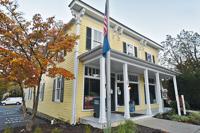

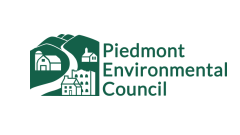
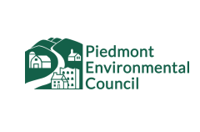





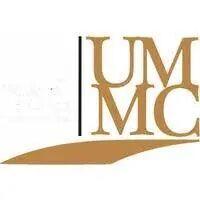



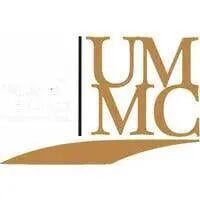

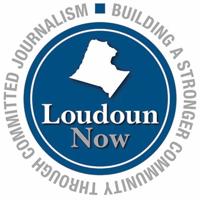
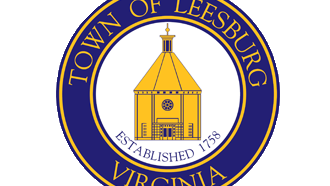
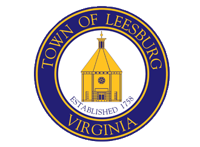

(1) comment
sounds like poor management
Welcome to the discussion.
Log In
Keep it Clean. Please avoid obscene, vulgar, lewd, racist or sexually-oriented language.
PLEASE TURN OFF YOUR CAPS LOCK.
Don't Threaten. Threats of harming another person will not be tolerated.
Be Truthful. Don't knowingly lie about anyone or anything.
Be Nice. No racism, sexism or any sort of -ism that is degrading to another person.
Be Proactive. Use the 'Report' link on each comment to let us know of abusive posts.
Share with Us. We'd love to hear eyewitness accounts, the history behind an article.